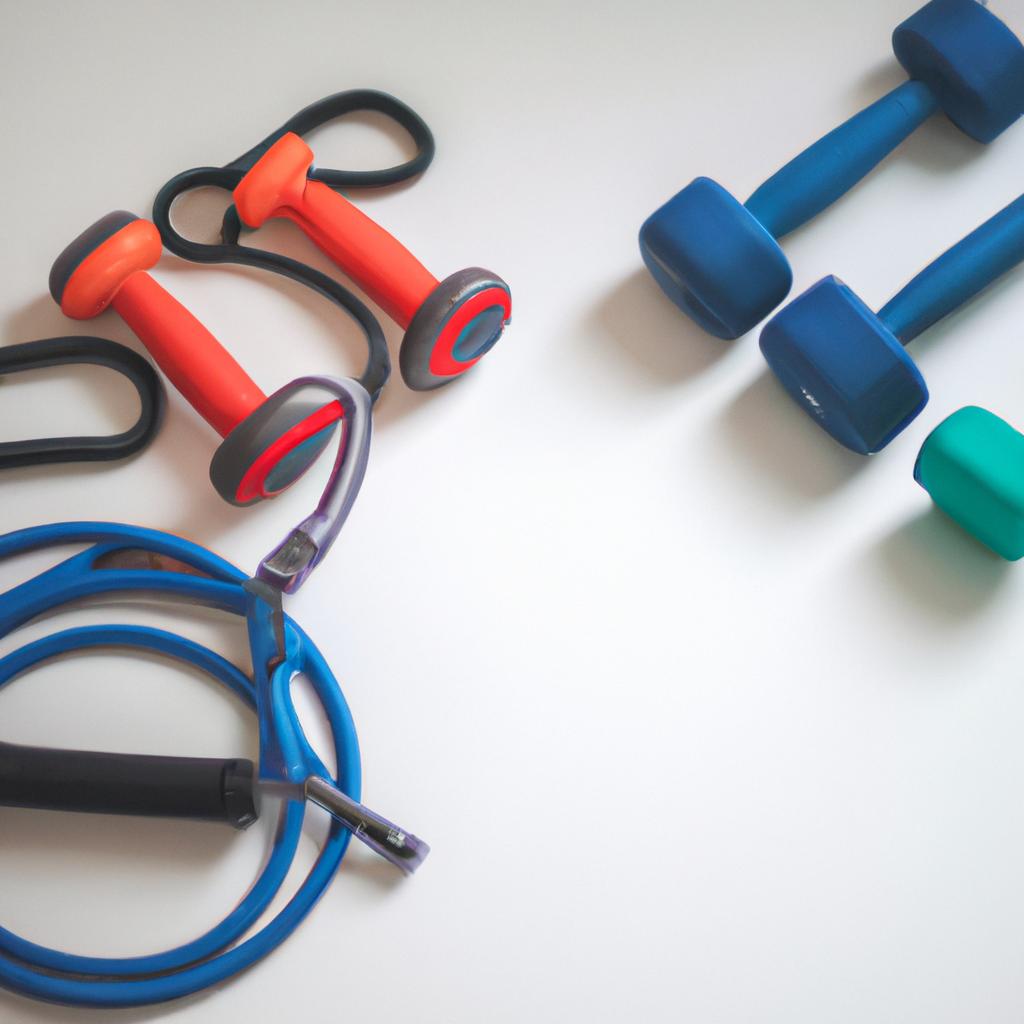**”The Art of Minimalism: How to Create an Effective Bodyweight Workout Routine with Limited Space and Equipment”**
# The Art of Minimalism: How to Create an Effective Bodyweight Workout Routine with Limited Space and Equipment
In a fast-paced world filled with distractions and clutter, the concept of minimalism has gained substantial traction. This philosophy extends to various aspects of life, including fitness. While many people associate effective workouts with expansive gym memberships and a plethora of equipment, the truth is that a robust bodyweight workout routine can be established with minimal space and equipment. In this blog post, we will explore how to create an effective bodyweight workout routine, share nutrition tips, provide exercise advice, and highlight the health benefits of adopting this minimalist approach to fitness.
## Understanding Bodyweight Workouts
### What Are Bodyweight Workouts?
Bodyweight workouts are exercises that utilize your own weight as resistance, rather than relying on external equipment like dumbbells or machines. Common exercises include push-ups, squats, lunges, and planks. These routines can be adjusted to various fitness levels, making them accessible for beginners and advanced athletes alike.
### Benefits of Limited Equipment
One of the primary advantages of bodyweight workouts is that they require little to no equipment. This allows individuals to exercise in small spaces, whether at home, in a hotel room, or even outdoors. The ability to work out without the need for a gym membership also promotes consistency, as you can fit in a workout whenever and wherever it suits you.
## Creating Your Bodyweight Workout Routine
### Assess Your Space and Time
Before diving into your workout routine, it’s essential to assess your available space and the time you can dedicate to exercise. Identify a quiet area where you can move freely, whether it’s a corner of your living room or a local park. Aim for at least 20–30 minutes for your workout, as this timeframe can be sufficient for a comprehensive session.
### Select Core Exercises
Choose a set of core bodyweight exercises that target multiple muscle groups. Here’s a well-rounded routine to consider:
– **Push-ups**: Great for chest, shoulders, and triceps.
– **Squats**: Target the quadriceps, hamstrings, and glutes.
– **Lunges**: Excellent for leg strength and balance.
– **Planks**: Core-strengthening exercise that also engages shoulders and back.
– **Burpees**: A full-body workout that combines strength and cardio.
### Structure Your Routine
Create a balanced routine by incorporating a mix of strength, flexibility, and cardiovascular exercises. For example, you can follow this structure:
1. **Warm-up** (5 minutes): Dynamic stretches or light jogging in place.
2. **Strength training** (20 minutes): Perform 3 sets of 10–15 repetitions for each core exercise.
3. **Cardio** (10 minutes): High-intensity interval training (HIIT) with exercises like burpees or mountain climbers.
4. **Cool down** (5 minutes): Static stretching to improve flexibility.
## Nutrition Tips
### Fuel Your Workouts
To maximize the effectiveness of your bodyweight workout routine, proper nutrition is vital. Here are some tips:
– **Stay Hydrated**: Drink plenty of water before, during, and after your workouts to keep your body functioning optimally.
– **Balanced Meals**: Include a mix of carbohydrates, proteins, and healthy fats in your meals. Foods like whole grains, lean meats, legumes, fruits, and vegetables provide the necessary fuel for your workouts.
– **Pre-Workout Snacks**: Consume a light snack rich in carbohydrates and protein 30–60 minutes before your workout to enhance performance. Options include a banana with peanut butter or Greek yogurt with berries.
## Exercise Advice
### Listen to Your Body
Always pay attention to your body’s signals during workouts. If you feel pain or discomfort, it’s essential to adjust your form or take a break. Safety should be your top priority, especially when practicing bodyweight exercises.
### Progress Gradually
Start with easier variations of exercises and gradually increase the difficulty as you become more comfortable. For instance, if standard push-ups are too challenging, begin with knee push-ups. As your strength improves, transition to full push-ups.
## Health Benefits
### Physical Benefits
Engaging in regular bodyweight workouts offers numerous physical benefits, including increased strength, improved flexibility, and enhanced cardiovascular fitness. These workouts can also lead to better muscle tone and weight management.
### Mental Benefits
Beyond physical advantages, bodyweight workouts can















Post Comment